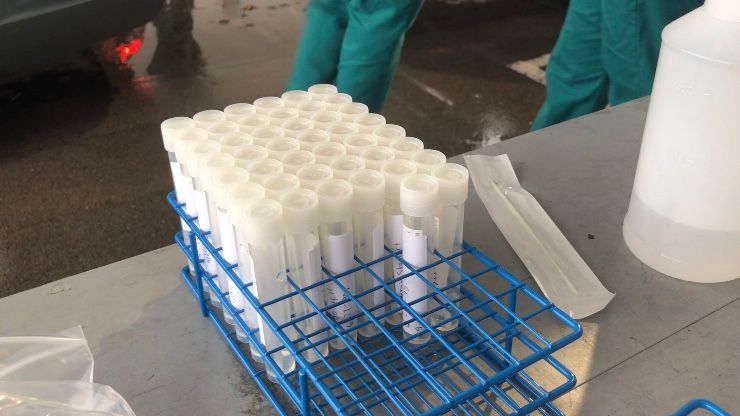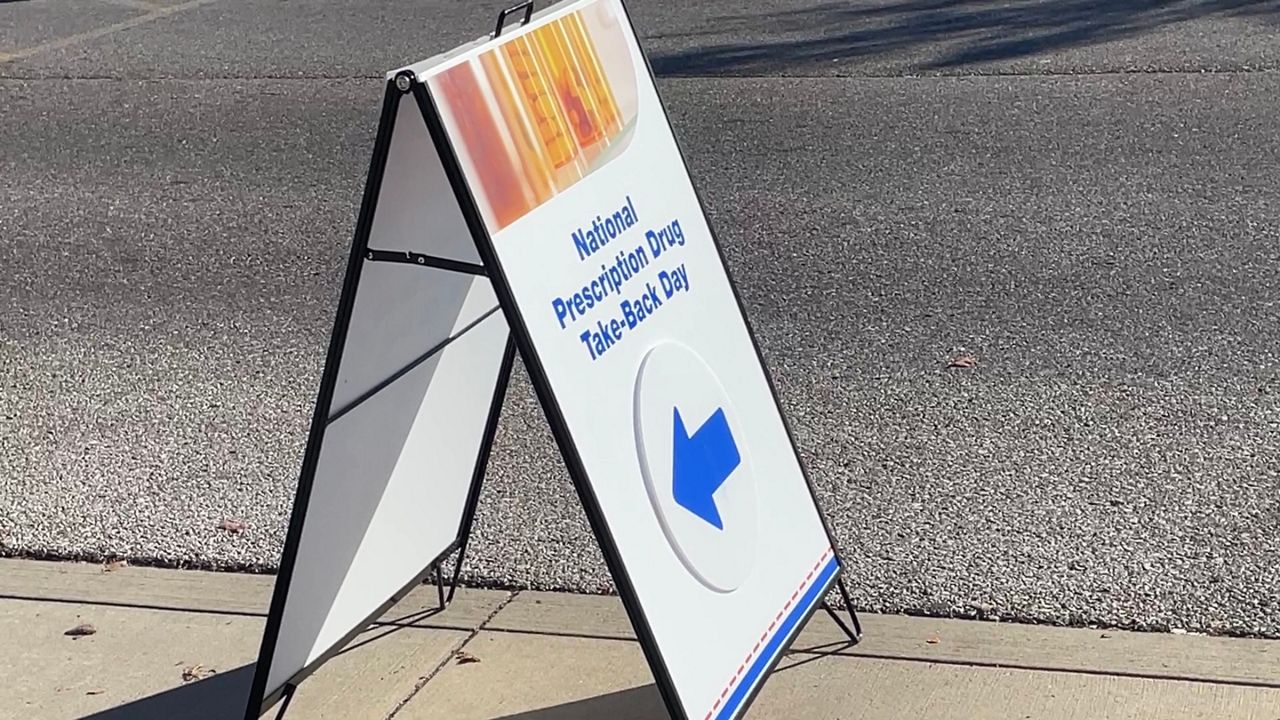CINCINNATI – As COVID-19 continues its record-breaking spread across Hamilton County and places across the country, local officials are labeling it a “wake-up call” for people to get vaccinated.
What You Need To Know
- Hamilton County as reached a high of 20,141 active cases, more than double the total from last week
- Health officials attribute the rapid uptick to the omicron variant, which is highly contagious
- An increase in hospitalizations due to COVID is putting a 'squeeze' on resources
- Hamilton County health leaders continue to advise the basics: wear a mask, avoid large social gatherings, get vaccinated
As of Wednesday, the number of active cases in the county has nearly doubled over the past week, growing from 11,700 to 20,141.
The county also saw a jump in daily cases from an average of 678 cases per day to 1,472 this week. By comparison, the previous peak in December 2020 was 716 per day.
Those figures came from Hamilton County Public Health on Wednesday during a virtual media update. They also announced all-time highs for the positivity rate of COVID tests and regional hospitalizations due to the virus.
Hamilton County Commissioner Denise Driehaus said she had to do a double-take when she first saw the figures.
“It’s astounding,” she said. “It's a wake up call for the community to try to do all we can to keep the spread of this disease as low as possible in Hamilton County.”
Greg Kesterman, the county’s Health Commissioner, said “the (numbers) really sum it up.”
“We looked at our peak at 716 cases per day, in December of 2020. We have kind of used that as the benchmark for what was bad as far as caseload. Unfortunately, today we are on Mount Everest,” he said, adding that he envisions the numbers continuing to grow “day after day.”
Driehuas said that the rise in positive cases is attributable to several factors, one of them being an increase in testing. But it’s also the result of the highly contagious nature of the omicron variant of COVID.
The “pandemic is not over," said Dr. Richard Lofgren, president and CEO of UC Health.
Lofgren called the contagiousness of the omicron variant "stunning and frightening.”
"It is heating up, more intense than it ever has been in the entire almost two years that we've been wrestling with this," he said. He said the new variant “truly doubles the cases every two to three days.”
Lofgren said that while omicron is more contagious, it’s not necessarily causing the same level of illness as other variants, such as the delta variant. But the sheer number of cases has led to an increase in hospitalizations.
As of Wednesday morning, there were an all-time high of 825 COVID patients taking up beds in the region’s hospitals. Of those, 177 patients were in the ICU with 128 needing ventilators.
That surge in hospitalizations puts an added “squeeze” on already short-staffed hospital systems’ ability to care for non-COVID patients.
During the press conference, Driehaus stressed the importance of going back to the basics to help limit community spread, things like wearing a mask while indoors and avoiding large social gatherings.
While those things are important, there’s one thing people should do that would drastically limit the number of hospitalizations, Kesterman said. That’s getting vaccinated.
As of Wednesday, about 63% of eligible Hamilton County residents are vaccinated, per the Ohio Department of Health.
“The vaccine is extremely effective and an amazing tool for protecting the population,” he said. "While yes, there are breakthrough cases, generally speaking, they're significantly less serious. Most people who get COVID if they've been vaccinated are having minor cases, minor symptoms so it's really important to continue to stress the importance of getting vaccinated."
The health commissioner noted that 95% of hospitalized patients are unvaccinated.
“We're going to use this opportunity to once again reiterate the No. 1 way to stay out of the hospital is to get vaccinated,” he said. “It’s the No. 1 thing you can do to stay out of the hospital and off of the ventilator.”









